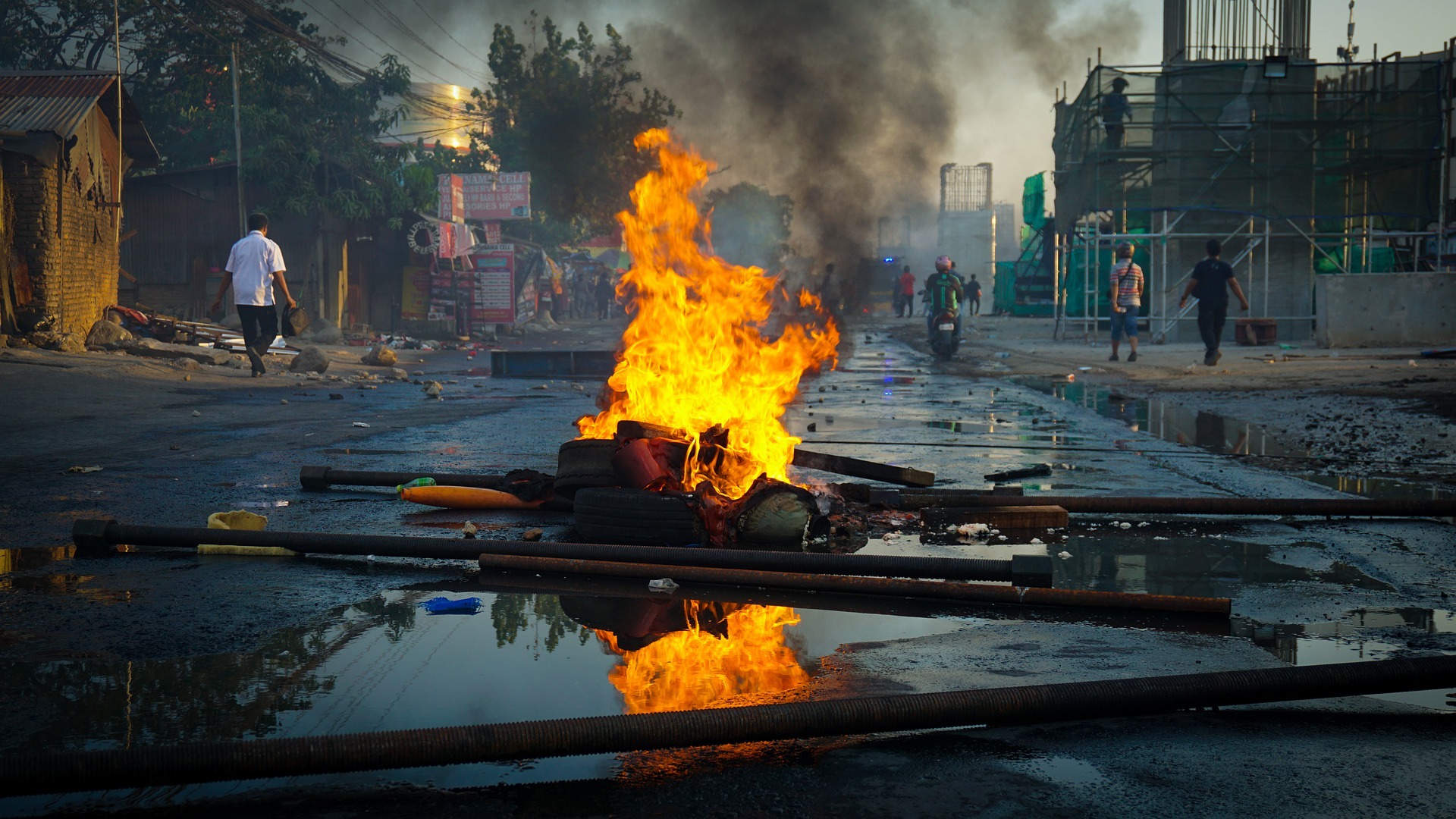Instances of civil unrest are on the rise nationwide | stock photo
Instances of civil unrest are on the rise nationwide | stock photo
The year 2020 could rank as among the costliest when it comes to civil disobedience, second only to 1992 when the Rodney King riots devastated South Central Los Angeles, according to the Insurance Information Institute.
“There is no official estimate on what the losses will be,” said Loretta Worters, vice president of the Insurance Information Institute. “The ranges by modelers are from $500 million to $2 billion. The riots were minor compared to losses from Hurricane Laura, which is estimated by modelers to range from $8 billion to $12 billion.”
But Property Claim Services, which has monitored claims based on unrest since the 1950s, estimates that insured losses are more than the recorded $775 million for the Rodney King unrest, according to media reports.
This year riots began as Black Lives Matter rallies over the May 25 death of George Floyd, a black man allegedly murdered by a white Minneapolis police officer. The protests quickly progressed into widespread acts of alleged looting, violence and even arson in cities such as Chicago, Los Angeles, New York, Atlanta and many others.
“Nearly every city in the country is vulnerable to the kind of unrest we have been seeing,” Worters told The Sconi. “There are peaceful protests and demonstrations and there are violent ones or riots or civil commotion as the term is used. The bottom line is the insurance industry provides coverage for any damage to homes and businesses from theft, fire and all the causes of rioting and civil commotion.”
Coverage, in some cases, also includes statues of soldiers and generals who fought for the Confederate Army in the Civil War, which were either dismantled or sprayed with paint along with some statues of Christopher Columbus.
“Many cities are taking down statues to prevent them from being damaged or destroyed,” said Worters in an interview. “I believe the cities would have municipality insurance to cover the costs but each individual city would have their own coverages. Some benefactors are coming forth to provide funding.”
Irrespective of any distinctions, Worters said most insured losses will be paid but could potentially lead to higher premiums for business owners and municipalities.
“If there are increases in premiums they would not be as a result of riots but rather a hardening market due to low interest rates and a significant uptick in losses from hurricanes, wildfires and other disasters,” she added.
To mitigate the risk of potentially higher premiums, Worters advises raising deductibles and taking steps to mitigate against risks in the local area.
“Imposing curfews, meeting with local authorities and other businesses in the area to discuss mitigation plans, considering increased security visibility on the days when demonstrations are planned and avoiding obstructing or provoking protesters would probably be some things,” she said. “For businesses in these areas, it’s important to have a business continuity plan in place and that means taking reasonable steps to reduce damage such as installing new doors and windows or boarding up windows. Have an alarm system in place and ensure your business has the right amount and type of coverage.”

 Alerts Sign-up
Alerts Sign-up